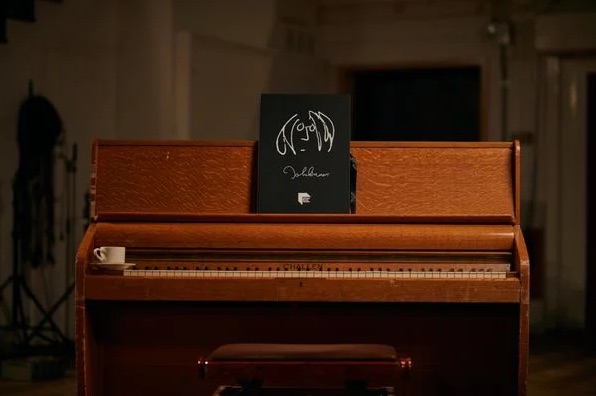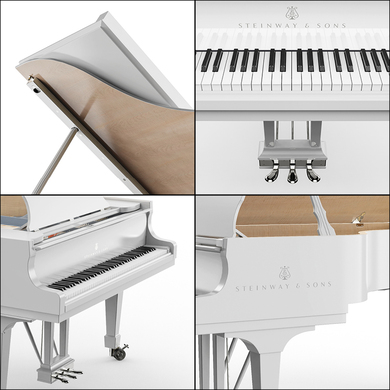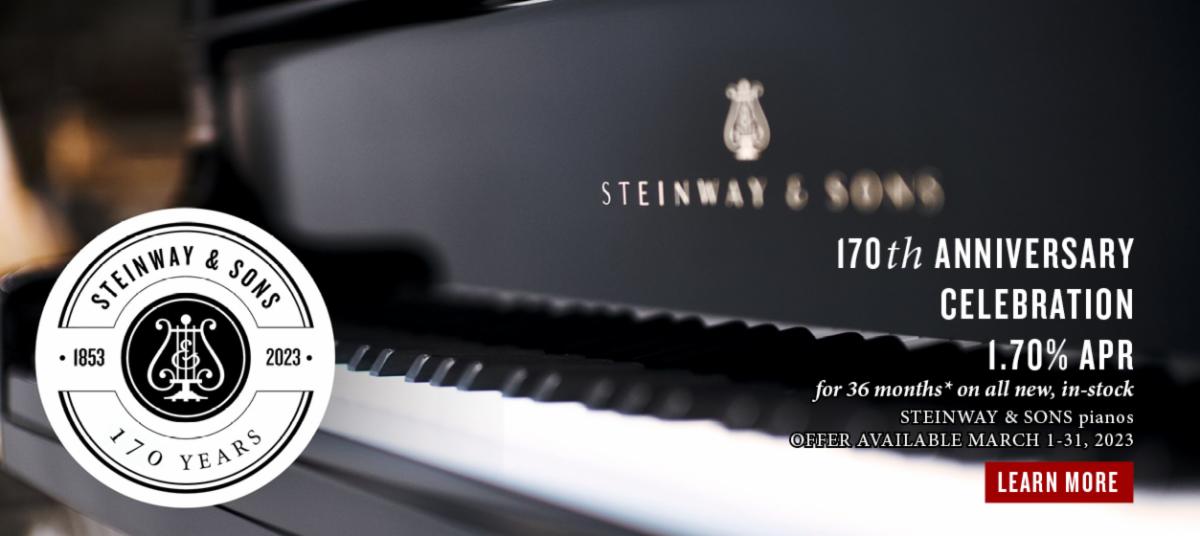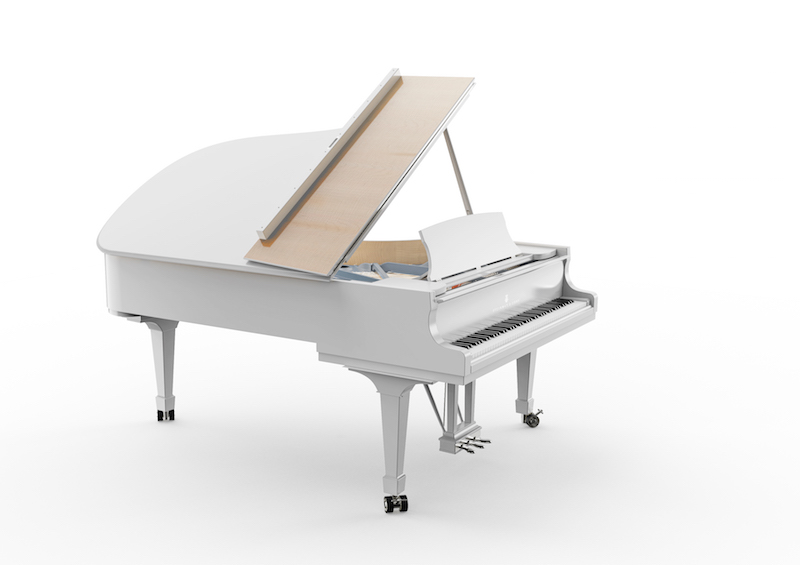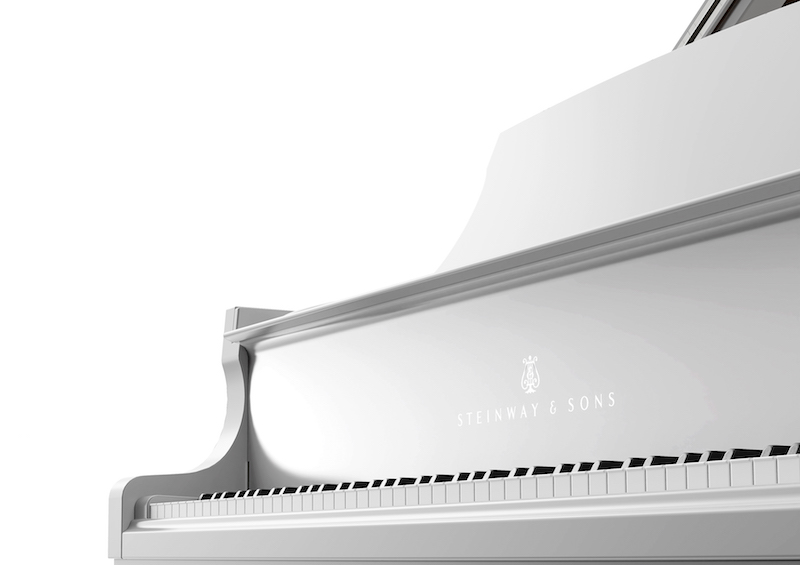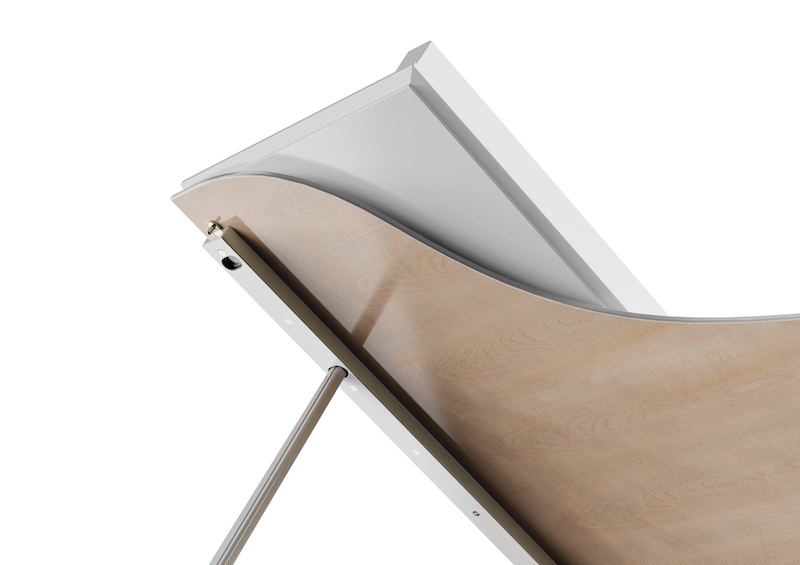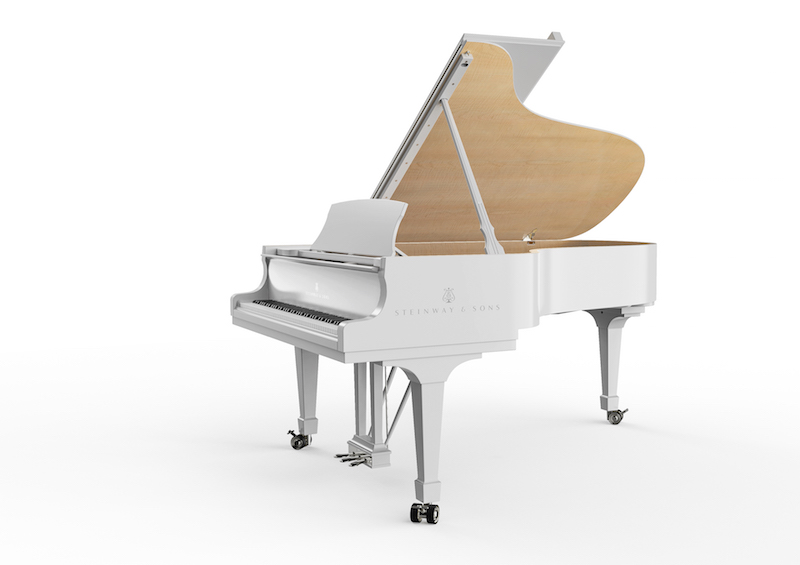George Michael once called The Beatles “the strongest force in popular music”
by Arun Starkey via faroutmagazine.co.uk
The late George Michael was one of the finest pop stars the world has ever seen, creating music that sends fans into a bout of euphoric abandon in some instances and, in others, melodies so piercing that there is no option but to reach for the tissue box. Incredibly authentic for an artist of his stature, Michael’s originality was there for all to see, and it was due to this authentic character and undoubted talent that he established such a remarkable legacy.
Having a natural propensity to keep fans on their toes, Michael surprised the music industry when he purchased John Lennon’s ‘Imagine’ piano for an eye-watering sum. Reportedly, when the iconic instrument went up for auction at London’s Hard Rock Café after previously being on show at the Beatles Story Museum in Liverpool, the former Wham! leader – a longtime superfan of Lennon and The Beatles – outbid the Gallagher brothers and Robbie Williams for the instrument.
When sitting down with People, Michael discussed his motivations for buying the upright Steinway piano that Lennon composed ‘Imagine’ on in 1971 at his home in Tittenhurst Park, Berkshire. He said: “It is so symbolic of the best elements of the ’60s and ’70s youth culture, great music and a desire to change things for the better. As a songwriter, it’s such an amazing thing to own, and as far as paying the $2.1million, it’s worth every penny.”
After this point, the ‘Careless Whisper’ musician was asked what The Beatles meant to him. Openly, he was a big fan of the Liverpool band, to the point that he covered classics such as ‘Get Back‘ and ‘The Long and Winding Road’ in his time, so he gave a candid answer. Whilst Michael admitted to being too young to say he grew up with the Fab Four, he maintained that they remained “the strongest force in popular music”, despite it being 30 years since their breakup.
He said: “I wish I could say that I grew up with them, but I was too young, and my parents’ only Beatles record was ‘Let It Be.’ But like so many others, I found them for myself many years later. They remain the strongest force in popular music simply because they were the first and—more important—the best.”
Michael was then prompted to outline what he felt was “best” about the music of John Lennon, replying: “Pure quality. Simplicity and heart. That is really all that great pop music needs. Of those three elements in combination are not too easy to find these days, which is why generation after generation come back to the Beatles and look to them for inspiration.”
Find out more here

